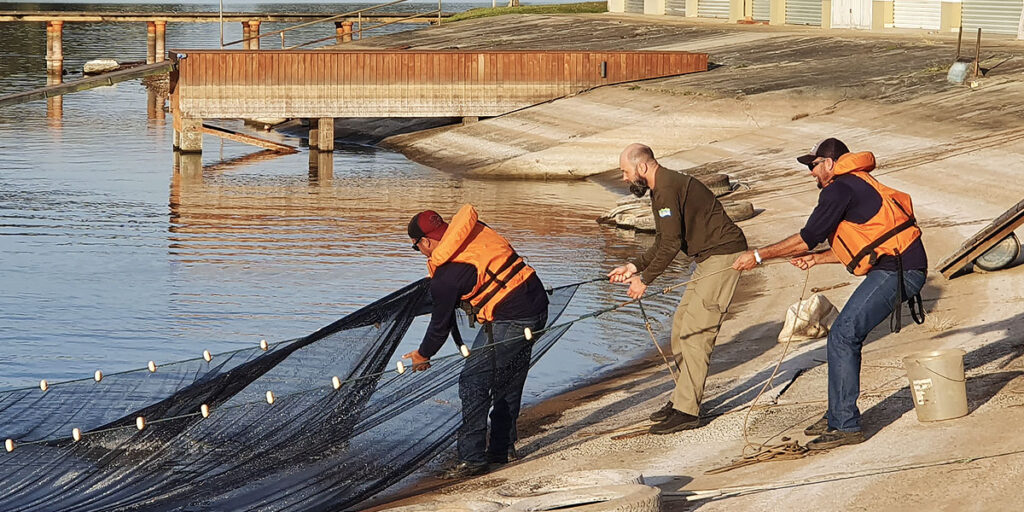
The Ichthyofauna Monitoring Program aims to continuously monitor the ichthyofauna of water bodies related to projects under Copel’s concession, generating scientific information and guidelines for management actions and meeting environmental constraints. This plan does not cover ichthyofauna monitoring related to compliance with the Basic Environmental Program (PBA) of projects under installation and applies to projects in operation located in the State of Paraná and the State of Mato Grosso.
From a scientific point of view, the main benefit is in the registration of the biology and ecology of species of the ichthyofauna of Paraná. For the Iguaçu River basin, the record of new, endemic and endangered species stands out, such as the fish Trichomicterus igoby, collected by the Research Center in Limnology, Ichthyology and Aquaculture (Nupelia), at UEM, described in 2008, appearing today as an endemic species of the Iguaçu river basin, restricted to the Jordão river sub-basin and threatened with extinction, being the target of the National Action Plan for the Conservation of Aquatic and Semi-aquatic Fauna of the Baixo Iguaçu Basin – Baixo Iguaçu PAN .
Monitoring currently allows the monitoring of fish communities in 18 reservoirs under Copel GeT concession, providing subsidies for the implementation of conservation actions, such as reproduction and repopulation activities carried out at the Station for Experimental Studies in Ichthyology – EEEI. It also allows Copel to be aware of the situation of each reservoir in relation to ichthyofauna, allowing quick responses to internal and external customers and environmental agencies in atypical situations related to fish, in addition to maintaining the Operating License of several projects where the monitoring of ichthyofauna figure as an environmental condition.
Figure 1: Trawl collection
Figure 2: Collection of fish eggs and larvae.
Figure 3: Fish collection with a cast net.
Figure 4: Collection with standby net.
Figure 5: Registration of biometric data.
Figure 6: Release after data collection.
Figure 7: Laboratory activities.
Figure 8: Reporting.
Figure 9: STP – location of one of the antennas.
Figure 10: STP – fish observation display.
Figure 11. External individual T-tag tagging system.
Figure 12: Internal PIT-tag individual marking system.







